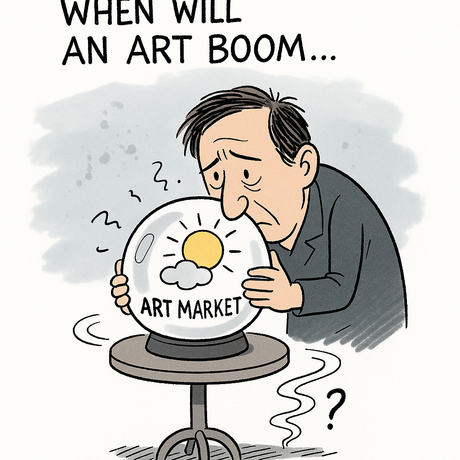Gagosian Gallery has announced an unprecedented collaboration with acclaimed filmmaker Wes Anderson to recreate the legendary New York studio of American artist Joseph Cornell at the gallery's Paris location on 9 rue de Castiglione. The ambitious exhibition, titled "The House of Utopia Parkway" and curated by Jasper Sharp, is scheduled to run from December 16, 2025, to March 14, 2026, marking the first solo presentation of Cornell's work in Paris in more than four decades.
The gallery space will be transformed into what Gagosian describes as "a meticulously staged tableau, part time capsule, part life-size shadow box." This innovative approach reflects the unique nature of Cornell's artistic legacy and Anderson's distinctive visual aesthetic. Born in 1903 in Nyack, New York, Joseph Cornell created one of the most original and extraordinary bodies of work of any twentieth-century artist, despite having no formal art education and being unable to draw, paint, or sculpt in traditional ways.
Curator Jasper Sharp expressed his enthusiasm for the project, telling ARTnews that "An exhibition of Joseph Cornell brings one of the most interesting and dedicated audiences of any artist that I have worked with. So many fascinating people gravitate towards his work: writers, poets, musicians, scientists, mathematicians, astronomers. He reels in all the thinkers and the dreamers." Sharp also noted that Cornell's work appears in some of the world's most prestigious private collections and major museums, spanning historical, modern, and contemporary art spheres.
The connection between Anderson and Cornell runs deep through their shared aesthetic sensibilities. Anderson, renowned for films including "The Royal Tenenbaums" (2001), "The Grand Budapest Hotel" (2014), and "The Life Aquatic with Steve Zissou" (2004), has drawn inspiration from Cornell's work throughout his career. The symmetry and composition of Cornell's "Palace" (1943), for example, mirrors the iconically balanced scenes that have become Anderson's signature visual style.
The exhibition will feature several examples of Cornell's famous glass-fronted shadow boxes, which Gagosian describes as "poetic reliquaries of memory and imagination." Among the highlighted works is "Pharmacy" (1943), modeled after an apothecary cabinet and once owned by Teeny and Marcel Duchamp. Also featured will be "Untitled (Pinturicchio Boy)" (circa 1950) from Cornell's Medici series, which portrays multiple reproductions of Bernardino Pinturicchio's "Portrait of a Boy" (circa 1500) behind amber-tinted glass, and "A Dressing Room for Gille" (1939), paying homage to Jean-Antoine Watteau's "Gilles" (1721) from the Louvre's collection.
Cornell's artistic process was deeply rooted in his identity as a collector who spent countless hours searching New York's stores for objects that sparked emotional connections. He collected diverse items including nineteenth-century French novels, clay pipes, and ticket stubs, which formed the foundation of his artistic practice. These found objects were given new life in his collages, objets d'art, and signature boxed constructions, creating a unique artistic language that bridged everyday materials with profound artistic expression.
According to the Smithsonian American Art Museum, although Cornell never considered himself a Surrealist, he found significant inspiration in the collages of Max Ernst and the ready-mades of Marcel Duchamp. He exhibited alongside these influential artists and maintained friendships with them during the 1930s and 1940s. Their confident embrace of art forms that didn't require traditional painting or sculpture encouraged Cornell's experimentation, resulting in work that can be considered a cross between Surrealism and Victorian art and craft traditions.
Today, Cornell's works are held in major international institutions including the Centre Pompidou, Tate, Museo Nacional Centro de Arte Reina Sofía, Museum of Modern Art, and the Art Institute of Chicago, among other prestigious museums. The upcoming Paris exhibition will be uniquely accessible, visible from the street twenty-four hours a day, allowing Cornell's work to reach an even broader audience than typical gallery presentations. As Sharp emphasized, "Anyone can come and see it, whenever they like," making this collaboration between Gagosian and Anderson a groundbreaking approach to presenting historical artwork in a contemporary context.































